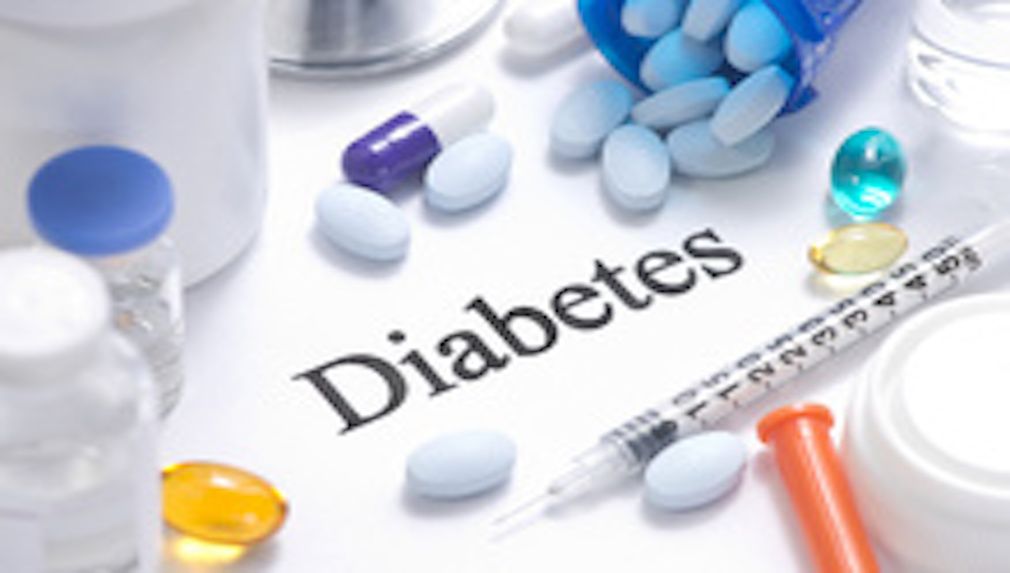Video
Dr Michelle Litchman Outlines the Benefits of Online Diabetes Peer Support Groups
Author(s):
Michelle Litchman, PHD, FNP-BC, FAANP, FADCES, an assistant professor at the College of Nursing at the University of Utah, describes the results of a study that looked at diabetes technology use and online peer support systems among Spanish-speaking patients. Findings showed that when these 2 interventions are used in conjunction, a positive feedback loop forms.
There are health disparities when it comes to prescribing technology, said Michelle Litchman, PHD, FNP-BC, FAANP, FADCES, an assistant professor at the College of Nursing at the University of Utah. As part of her study, community health workers in Utah recruited Spanish-speaking patients with type 2 diabetes who were not yet using insulin. Patients used both continuous glucose monitoring (CGM) technology and participated in online peer support groups.
Transcript
How do your research outcomes compare with those of in-person peer support groups?
That's a great question. Online peer support is available 24/7. So just because you're awake at 2 am, it doesn't mean that someone else might not see it. You can also scroll through the past history of what other people have posted, which is different than in-person. There's this kind of historical information that you can scroll through. Then also, you're not time bound to a specific place, or a geographic location, or time during the day. It provides a little bit more flexibility. Of course, people do have to have internet access, and all the participants in our study did.
One of the things that we also found that was interesting is, not only did people go to the online community, but the online community, like many do, created this email digest. Individuals were also going through their email digest to kind of scroll through the information that was shared in the online community as well.
What are the next steps for this research?
The next step is to apply for funding to expand the sample size to determine if we can see some effects beyond self-efficacy. We had A1C [glycated hemoglobin] trending in a direction we would expect, which is downward, but we didn't quite have the power to have a statistical significance. That's something that we're exploring. Also, since we did this study, there was a newer feature within the CGM that came out, where you can scan on a cell phone, which was different than when we conducted the study. Meaning that you can scan the CGM glucose level on a phone and that the data can be cloud based. Keeping up with the new trends of CGM, we'll definitely need to update the protocols in the study to reflect that.
Why is it important to study diabetes technology use among Spanish-speaking patients?
We know that there are health disparities when it comes to prescribing technology. This was a population that was lower income, uninsured, and yet they really really wanted to use this device. They wanted to continue the device after we stopped the study. There are definite things that need to be explored beyond just this study. Some of it is the cost related to CGM. We know that online peer support is something that can be sustainable at a relatively reasonable cost. But definitely, this research starts to ask the questions about CGM, its cost, and whether or not it's really accessible to all people.

Navigating Sport-Related Neurospine Injuries, Surgery, and Managed Care















